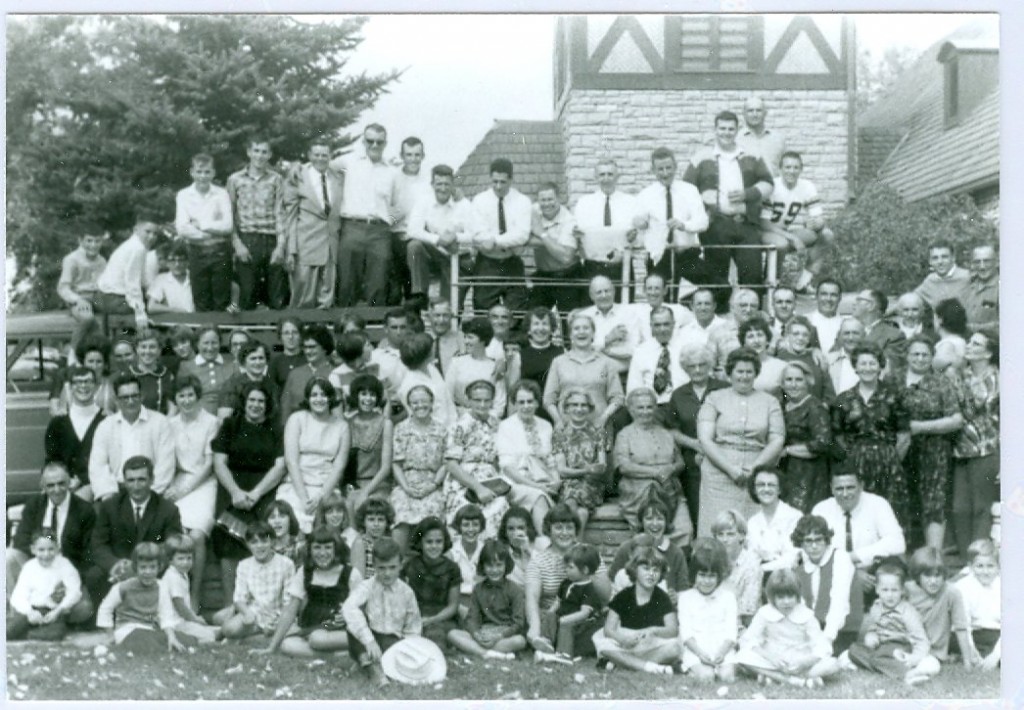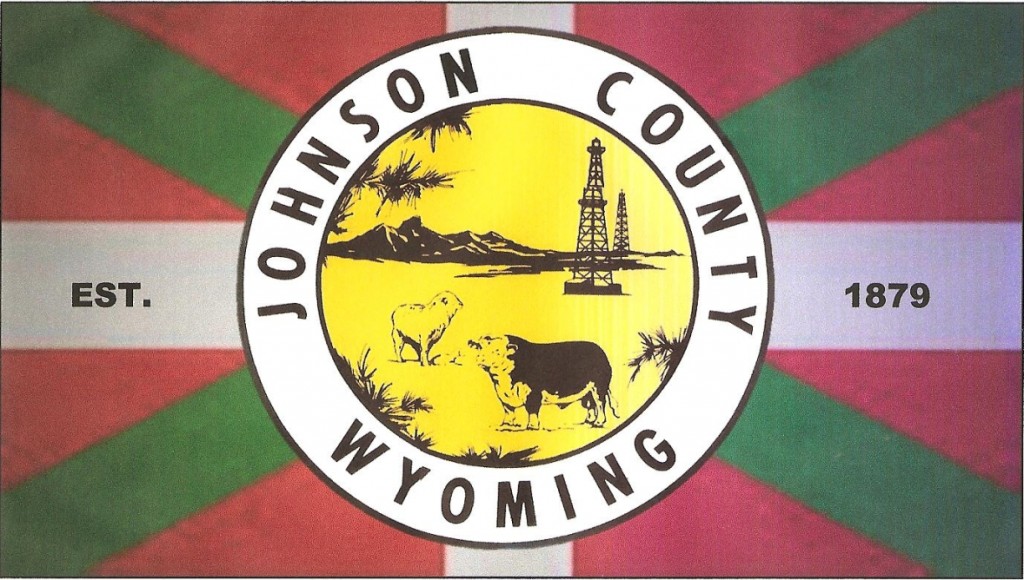“Johnson County, Wyoming – encompassing the rolling plains of the Old West and the towering peaks of the Bighorn Mountains. It’s a land rich in both history and scenery. A place of sheep herders and cattle barons, renegades and rustlers. Where Butch Cassidy and the Sundance Kid holed up after their outlaw exploits. Where miners consumed with gold rush fever passed through on the Bozeman Trail. Where some of the most famous Indian battles in American history occurred. And where the Johnson County Cattle War, a rangeland dispute which historians often deem one of the most notorious events in our history, left its mark here in the late 1880s…and that Owen Wister wrote about in his epic American novel, The Virginian.”
(Johnson County, 2012)
Within this grand introduction to the singular history of the Johnson County in the State of Wyoming, surrounded by wild beauty and its frontier origins, lie the story of the Espondas from Baigorri; the Harriets, the Etchemendys, the Urrizagas, and the Caminos from Arnegi; the Iberlins from Banca; the Ansolabeheres, the Iriberrys, and many others. All these Basque pioneers came from the tiny province of Nafarroa Beherea (approximately 511 square mile), in the Department of the Atlantic Pyrenees in France, and with a current population of 28,000 people. On the other hand, Johnson County, established in 1879, and its main city Buffalo, has a population of over 8,500 people on an area of 4,175 square mile.
The history of the Basque presence in the Johnson County begins with the arrival of Jean Esponda in 1902 as reported by Dollie Iberlin and David Romtvedt in their book “Buffalotarrak”. Most Buffalo Basques originated in the village of Baigorri, because Jean Esponda, a successful immigrant from Baigorri, settled in that area of Wyoming. Esponda immigrated into California in 1886 and then moved to Wyoming in 1902, where he set up a thriving sheepherding operation, claiming many Basques from his own natal village and neighboring villages for nearly two decades. Esponda became known as the “King of the Basques”. He passed away in 1936. By the end of the 1960s, Basque sheepmen owned over 250,000 acres (approximately 390 square mile) of Johnson County land, which was about 76% of the land of the entire province of Nafarroa Beherea. According to the United States Census, in 2000 there were only 869 Basque people in Wyoming, being the smallest, but nonetheless vibrant, Basque community in the American West.
 Basque group photograph at St. John the Baptist Catholic Church, in Buffalo, Wyoming, in the late 1960s. (Photograph courtesy of the Center for Basque Studies Library, University of Nevada, Reno)
Basque group photograph at St. John the Baptist Catholic Church, in Buffalo, Wyoming, in the late 1960s. (Photograph courtesy of the Center for Basque Studies Library, University of Nevada, Reno)
110 years have passed since Jean Esponda set foot in Wyoming, and much of the Basque heritage is still flourishing. It has become part of the social and cultural fabric of Wyoming. In this regard, Johnson County designed a flag to commemorate the State Fair’s 100th anniversary, which depicts the Ikurriña or Basque flag (originally designed in 1894 in Bilbao, Bizkaia) with the county’s seal in the center, as a way to honor the county’s Basque origins. The Johnson County’s “Basque” flag is the first official Basque flag outside the Basque Country, and the first in the nation. Its symbolism will definitely help to preserve and assure the continuity of the Basque history in the State of Wyoming. It will be publicly displayed, for the first time, at the State Fair that is going to be held on August 11-18 in Douglass.
Do you know similar stories to this one?
 The Johnson County, Wyoming “Basque” flag
The Johnson County, Wyoming “Basque” flag

